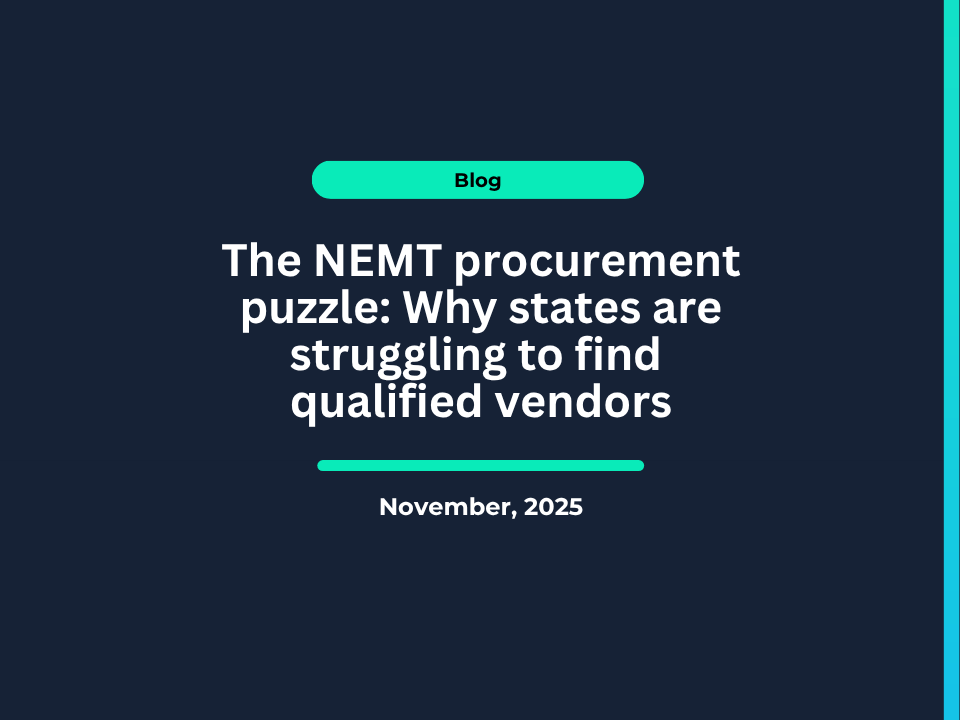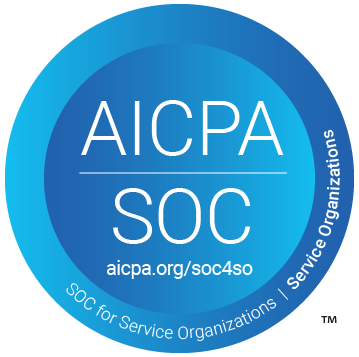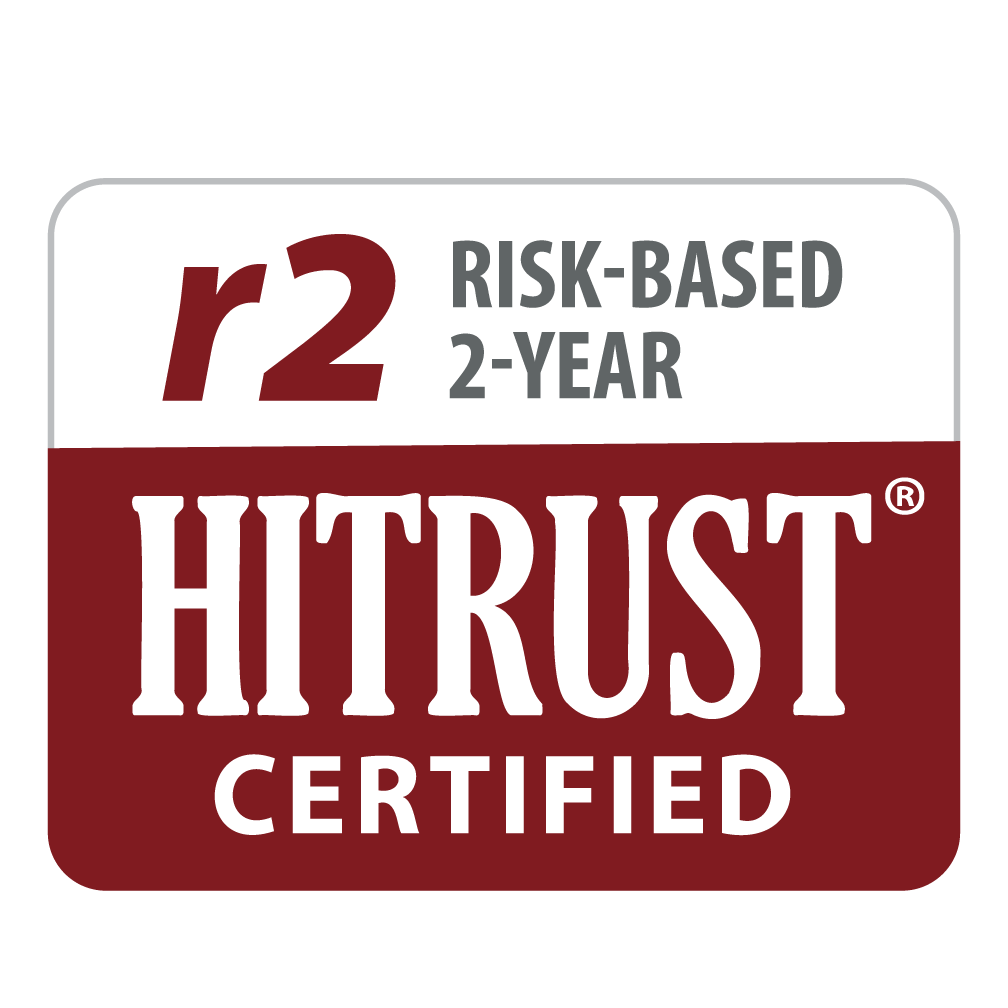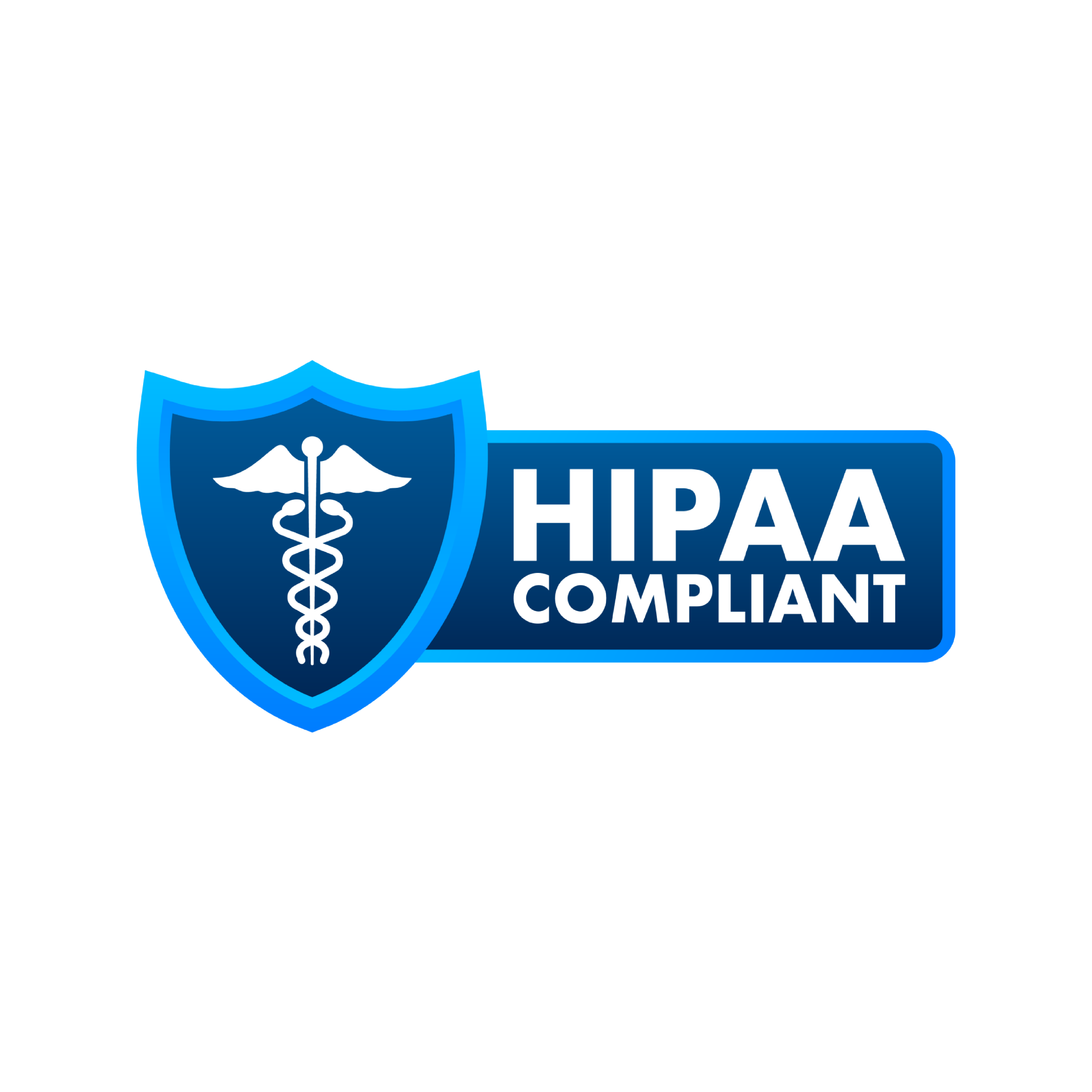Today, state and health plan Medicaid leaders are navigating a complex, high-stakes landscape. Enrollment and funding are shifting, and the pressure is rising to improve efficiency. While most attention focuses on controlling healthcare costs, there is another critical and underutilized lever: Non-Emergency Medical Transportation (NEMT).
NEMT is crucial for ensuring that Medicaid members can access life-sustaining care, including dialysis, cancer treatments, and behavioral health visits. Yet, many NEMT programs still rely on outdated, fragmented systems that create inefficiencies, delay care, and in extreme cases, create an environment for fraud, waste, and abuse (FWA).
Yet there are proven, smart strategies that remove inefficiencies, improve oversight, and simplify billing for NEMT programs. The opportunity is clear: make NEMT work better for members and for Medicaid.
Rising Costs, Missed Care, and the Pressure to Modernize
Transportation barriers are a significant hurdle to healthcare access. According to the Centers for Medicare & Medicaid Services (CMS), transportation issues are responsible for 25% or more of missed clinic appointments. For Medicaid populations — many of whom face geographic, economic, or mobility challenges — NEMT is the only way to access care. While the benefit’s value is clear, delivery is often anything but efficient.
At the same time, Medicaid spending is rising across the country. In 2023, Medicaid spending grew to $871.7 billion, accounting for 18% of total national health expenditures. While NEMT is only one part of the budget, it plays a huge role in ensuring access to care.
Exposing the Hidden Costs of Legacy Systems
Many of today’s NEMT programs still depend on faxes, phone calls, and paper billing. Brokers and transportation providers often operate in siloed systems that can’t share or synchronize data. This fragmentation leaves Medicaid health plans and state agencies with an incomplete view of what’s happening in their programs and without the insights to improve them.
The financial impact is substantial. Without trusted data and real-time oversight, trips may be billed but never occurred or may be billed twice due to manual reconciliation processes. Authorizations may go unchecked. Additionally, with numerous handoffs and data blind spots, the risk of FWA increases. For Medicaid programs striving to serve more members with less, these inefficiencies add up quickly.
Four Strategic Levers for Cost Containment in NEMT
1. Real-Time Trip Data for Program Oversight
Real-time trip data enables better decision-making by demonstrating which rides were completed, when, and by whom. This transparency helps identify usage patterns and optimize provider performance. It also simplifies compliance by automating audit documentation. Rather than relying on spreadsheets or retrospective reviews, oversight is built into the process, allowing health plans to shift from reactive reporting to proactive management.
2. Automate Billing and Authorization Workflows
Manual processes slow down reimbursements and increase errors. In many NEMT programs, the authorizations, trip logs, billing, and reconciliation are still completed by hand. A fully digitized, interoperable system with automated workflows eliminates delays and ensures clean claims. Transportation providers get reimbursed faster and health plans gain greater confidence in payment accuracy. Staff spend less time chasing paperwork and more time on tasks that make an impact.
3. Digitize Compliance and Audit Readiness
Regulators now expect digital audit trails and granular trip-level documentation. Paper logs and manual spot checks no longer meet the standard.
Real-time, trip-level data helps agencies meet those expectations. Integrated documentation and reporting tools provide a clear view of what was authorized, what happened, and what was billed. A fully integrated NEMT platform records every detail from authorization to reimbursement. This makes it easier to demonstrate compliance, prevent fraud, and respond quickly to audit requests.
4. Invest in Interoperable, End-to-End Solutions
Modern NEMT doesn’t work in a vacuum. From trip scheduling to claims, systems must connect. Interoperability eliminates silos and creates a single source of truth by streamlining the entire trip lifecycle, allowing health plans to take ownership of their data and outcomes. Because integration isn’t just a feature, it’s the foundation of efficient, future-ready NEMT.
Cost Containment Through Connectivity
Containing NEMT costs isn’t about restricting services; it’s about replacing friction with flow. It’s not about doing more with less, but doing what works by improving the system through automation, accountability, and equity. The result? A transparent program where members reliably get the care they need, and health plans gain control over a benefit that was once opaque and inefficient.
It’s time to re-evaluate what you need from an NEMT partner. The right one will help you move faster, spend smarter, and deliver care that reaches further. Learn how Kinetik can help you modernize your Medicaid transportation benefit.
















